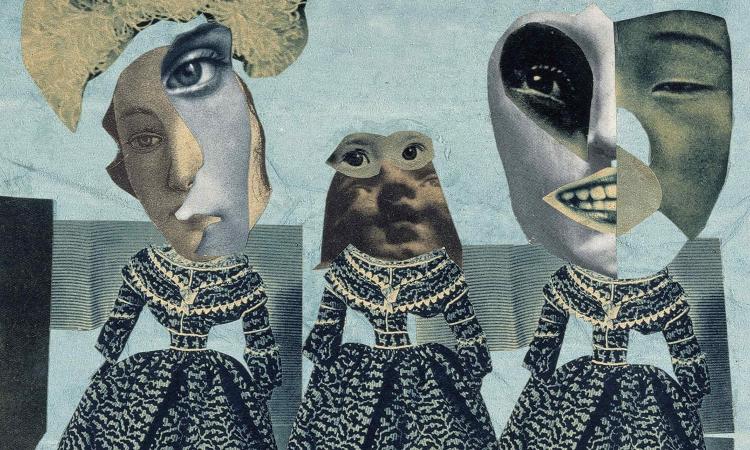THE WHEELS ON THE BUS GO ROUND AND ROUND
a tragic bus crash story

loosely based on an actual public bus accident that my grandfather encountered
CONCEPT
(FROM TOP LEFT IN A CLOCKWISE DIRECTION)
THE WHEELS ON THE BUS GO ROUND AND ROUND
In this composition, my interpretation of the “wheels” are the steering wheels instead. From a first-person perspective, you see an impending bus crash from the inside of the bus driver’s perspective. I have made use of the many grabbing hands to show movement in the steering wheel.
ROUND AND ROUND
In this composition, it shows the external events that are happening in the bus, as it literally go round and round like clockwork. (hence the gears)The bus is spinning round and round; the old man is crying; the lady is screaming; the man is spinning around screaming; the sound of heartbeats; and objects, represented by the fish out of the water, is flying around.
ROUND AND ROUND
In this next composition, it shows the internal events that is going on in someone’s head, as represented by the dissected head and brain background. Family, food, religion, money, best experiences and memories goes round and round, represented by the ring.
THE WHEELS ON THE BUS GO ROUND AND ROUND ALL DAY LONG
Now in this composition, the bus is already overturned and stopped. It is a third-person perspective now. Everything has rolled out of the bus, round and round. I have used the “teeth” of the wheels, layered with a spiral dingbat, to show the wheels going round and round, all day long. I have made use of everyone’s dingbat that are either round in shape, or if it contains a face.
When pieced together, the final composition of all 4 images form a full circle, keeping a flow and linking them together. (I wanted to incorporate my photosphere in my previous post) This might have also helped enhanced the effect of the tragedy. I have chosen to use black as the primary background colour as I wanted it to feel dark and tragic.
ORIGINAL DINGBATS

SKETCHES

CHALLENGES FACED
The biggest challenge I had, I think, was the choosing of the concept of my rhyme. As seen from my previous posts, I was actually trying to push for a social commentary style concept of the issues that I see in my commute. However, I took a step back to see my original rhymes I have shortlisted: the wheels on the bus and the crooked old man. The crooked old man reminded me of my grandfather who was affected by the accident, who had problems walking/unstability for a period of time after the accident. It really pushed me away from my original concept and made me conclude with the concept of a twisted and dark reinterpretation of the wheels on the bus rhyme.
Another challenge was the lines: “round and round” as they were very vague – it could mean anything! After coming up with a mindmap of what could go round and round, I have finally classified them into external and internal, using the dingbats that my classmates have created.
I am fairly familiar with all the technical jargon – so nope, no problems there.
REFLECTIONS
PERSONAL THOUGHTS
I thought that this project was very interesting as I have never thought about using Photoshop to do mono-toned photomontage style compositions before. As a digital person, it was definitely much easier than the traditional assignments that we have to do. I really liked the idea of sharing dingbats!
TUTOR THOUGHTS
Joy liked how my last composition juxtaposed the chaos with orderly circular objects that was arranged neatly. She also liked how I made use of a personal experience to incorporate into a concept, as well as how went back to my original shortlisted rhymes to come up with my final concept.
CLASSMATES THOUGHTS


















 Hannah Hoch, “Fashion Show”
Hannah Hoch, “Fashion Show”